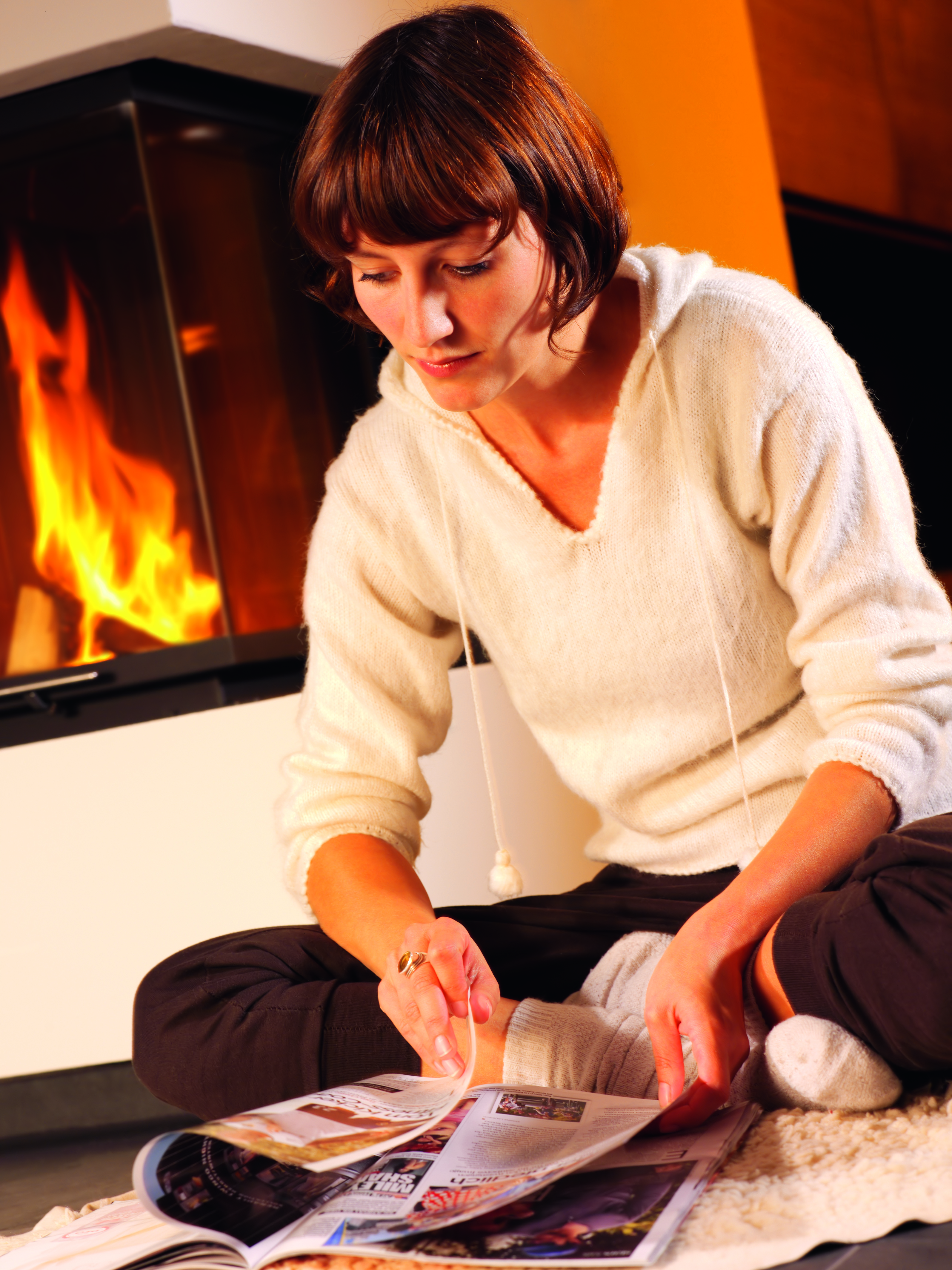In view of rising energy costs, burning wood is a cost-effective and carbon dioxide (CO2)-neutral alternative to other fuels. Wood-burning fireplaces are therefore increasingly being used as supplementary heating in private rooms, providing a cozy and comfortable feeling at the same time.
Similar to other combustion processes, using wood-burning fireplaces also produces a large number of different particulate and gaseous emissions, including carbon monoxide (CO), fine and ultra-fine particles and polycyclic aromatic hydrocarbons (PAHs). Wood-burning fireplaces are therefore a potential source of substances that are hazardous to health.
Prerequisites for "clean" operation are the good technical condition of the fireplace and the use of seasoned, untreated wood. When the door of the fireplace is opened, combustion gases can enter the room and have a negative impact on indoor air quality. High concentrations of ultrafine particles and PAHs were observed. The high concentrations of benzene measured in some studies may be related to the use of paraffin-containing fire starters.
Such products should therefore not be used. In addition, a sufficient supply of fresh air, e.g. through regular ventilation, should always be ensured when operating a wood-burning fireplace.
The German Environment Agency provides further information on the operation of small and medium-sized combustion systems, the available quality labels and the existing legal basis, as well as their impacts on health and climate.

